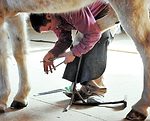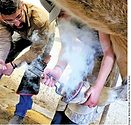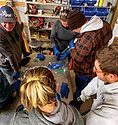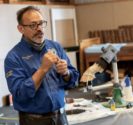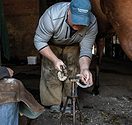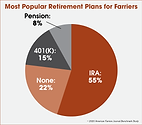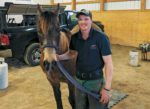Advertise Follow Us
American Farriers Journal

View Archived Issues
Twelfth Edition (2020)
A Career Guide For The New Farrier
This special publication is published once per year by American Farriers Journal. The career guide delivers advice from farriers on how to establish and operate a successful equine footcare practice.
-
Table of Contents
Table of Contents
4 Keys for Overcoming Obstacles After Farrier School
This article was originally published July 31, 2020 and has been updated.Read MoreNew Farriers can Improve their Careers with the Success Mindset
This article was originally published August 1, 2020 and has been updated.Read MoreQuestions to Ask Before Hiring Clients
This article was originally published August 2, 2019 and has been updated.Read MoreHow to Answer 5 Common New Client Questions
This article was originally published Nov. 4, 2019 and has been updated.Read MoreTwo Methods to Consider When Firing Hoof-Care Clients
This article was originally published August 2, 2019 and has been updated.Read MoreYour Costs Help Determine the Prices You Set
This article was originally published July 27, 2018 and has been updated.Read MoreChoosing the Right Hardware for Your Toolbox
This article was originally published August 4, 2019 and has been updated.Read MoreBusiness Plans Help Small Business Owners Control Debt
This article was originally published Nov. 3, 2019 and has been updated.Read MoreWhat’s the Best Retirement Plan for You?
This article was originally published Aug. 3, 2020 and has been updated.Read MoreCritical Keys to Successfully Work with Veterinarians
This article was originally published Aug. 5, 2019 and has been updated.Read MoreGrow Your Skills with Continued Education
This article was originally published Aug. 1, 2019 and has been updated.Read More -
Digital Edition
Digital Edition

